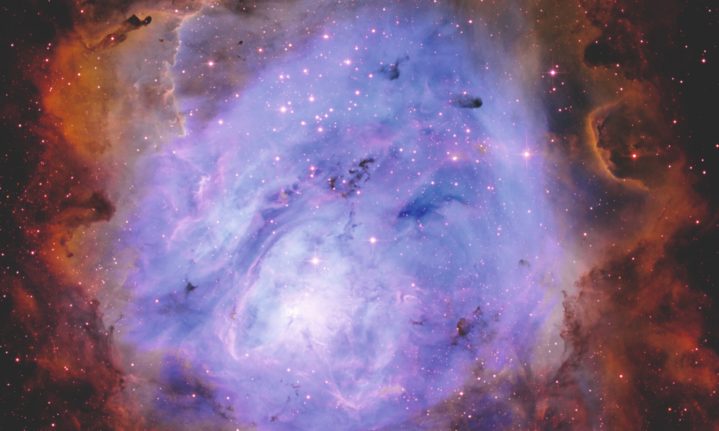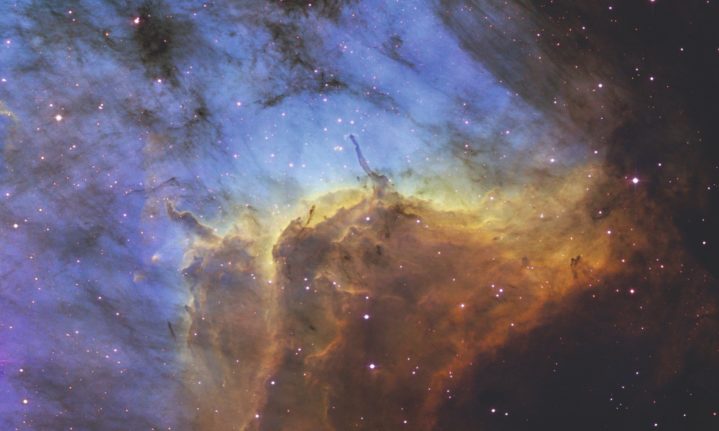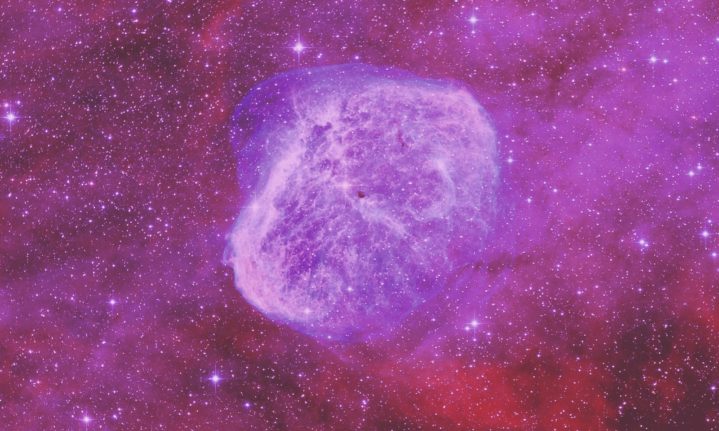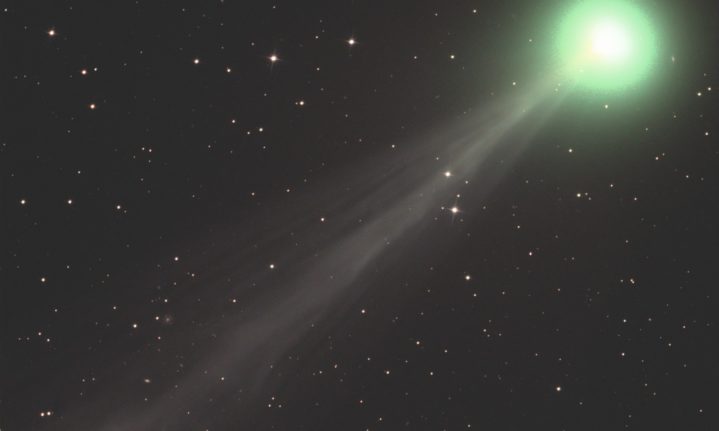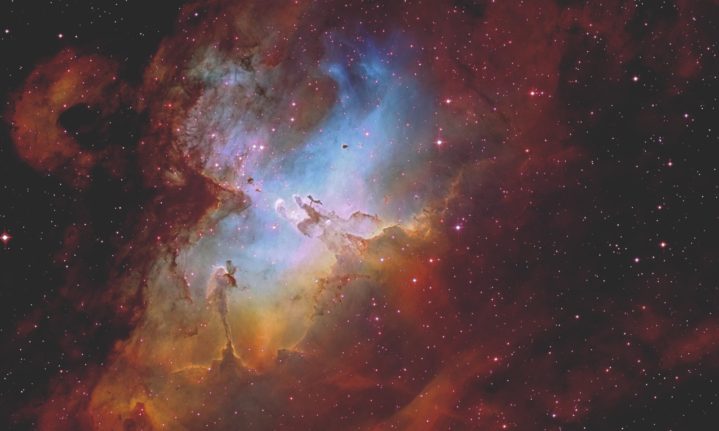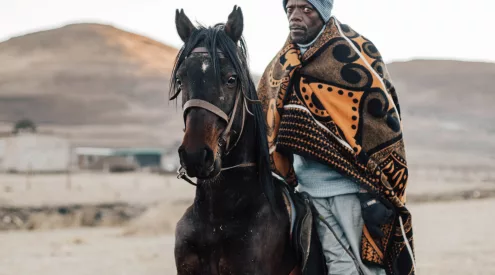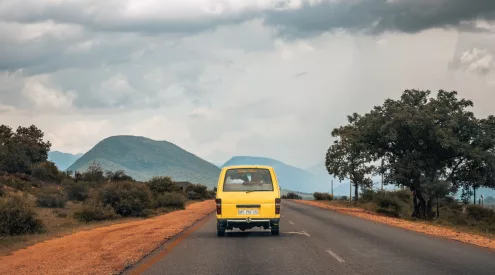Danish astronomer-turned-engineer Heine Wieben Rasmussen looks to the skies with a philosopher’s mind. He sees through his telescopes parts of space unfathomable to earthlings and unintelligible to the naked eye. Capturing colour images of deep space takes science, magic and some poetry.
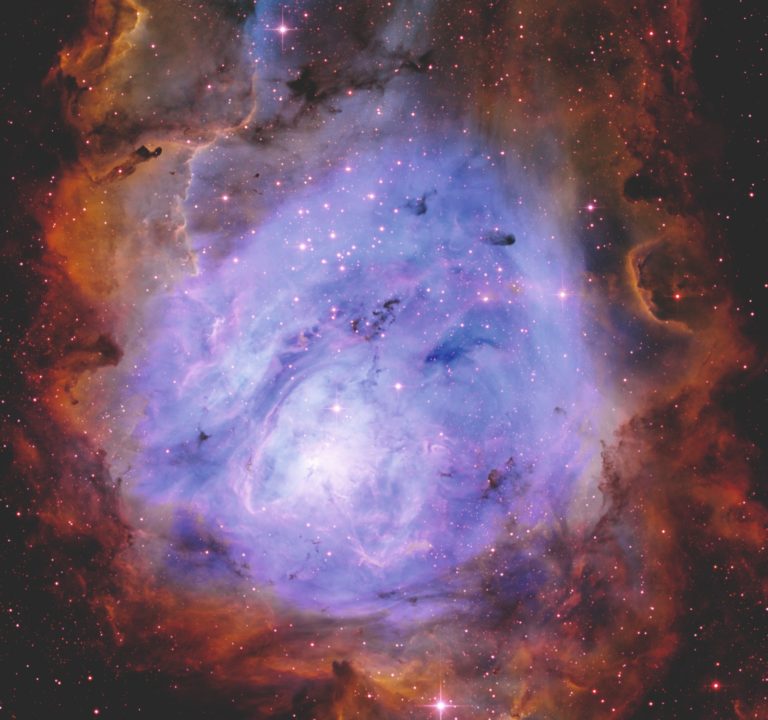
Pelican Nebula. Some 1 800 light-years away in the constellation of Cygnus, the Swan. The bright stars of the Swan constellation make up the neck and wingspan of a swan in flight; within the swan, a deeper look reveals another bird, the Pelican Nebula. This image is a close-up showing a small part of the nebula, but wider eld views show that it resembles the head of a pelican. The image shows the ionisation of gases caused by the radiation of young stars inside the nebula. The nebula contains several Herbig-Haro objects – ejecting jets of matter from the spinning disk of collapsing gas and dust building new stars. Captured at the Avnø Nature Centre, 100km south of Copenhagen.
Also Read: The Top 20 Modelling Agencies in Johannesburg
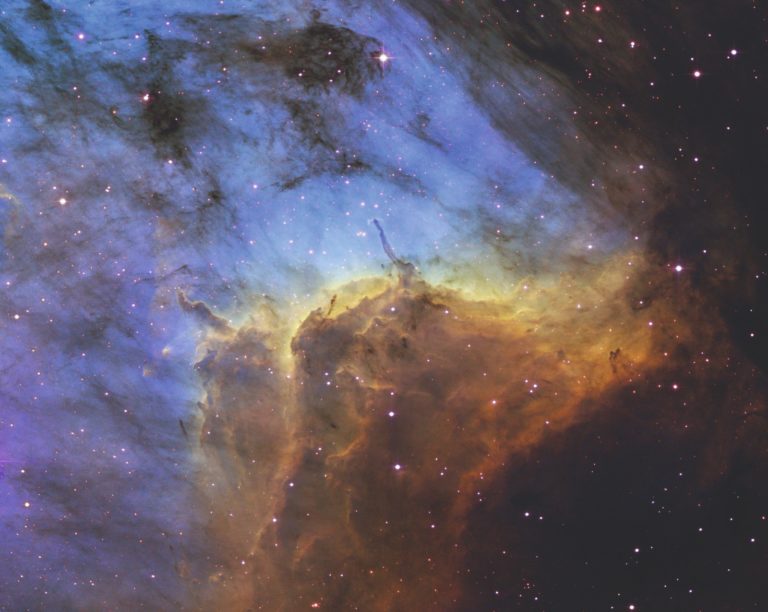
The Lagoon Nebula, Messier 8. This star nursery is 5 200 light-years away, in the central plane of the Milky Way in the constellation of Sagittarius. It’s best observed from the Southern Hemisphere. In the luminous centre of this cosmic cradle is a newborn star called Hershel 36. Although newborn, this ‘baby’ is 200 000 times brighter than our Sun and one million years old. It sends stellar winds and radiation through the nebula, making the gases glow. Other newborn stars are lighting up this massive nebula and large molecular clouds called Bok globules are contracting into proto-stars. Even though the scene appears static on a human time scale, the whole Lagoon Nebula will, with time, contract and disperse into a cluster of stars in the sea of space. Captured at Bliss & Stars, winter 2022.
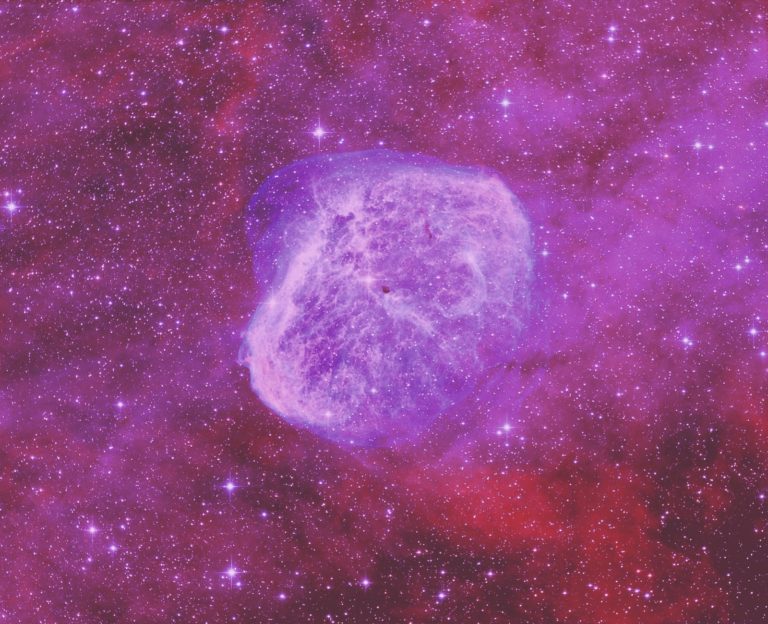
The Crescent Nebula. In its centre is a Wolf-Rayet star, which is one in a billion. They’re massive hot stars ejecting their outer shell in the last phases of their stellar life. The energy from the hot central stars makes the expanding shell fluorescent, allowing us to see the expanding bubble. They are supernovas and will go out with a big bang when they finally surrender to gravity. The red colour is hydrogen and the blue is oxygen (notice that there’s a shell of oxygen surrounding the bubble). This was captured at Avnø Nature Centre, 100km south of Copenhagen, Denmark.
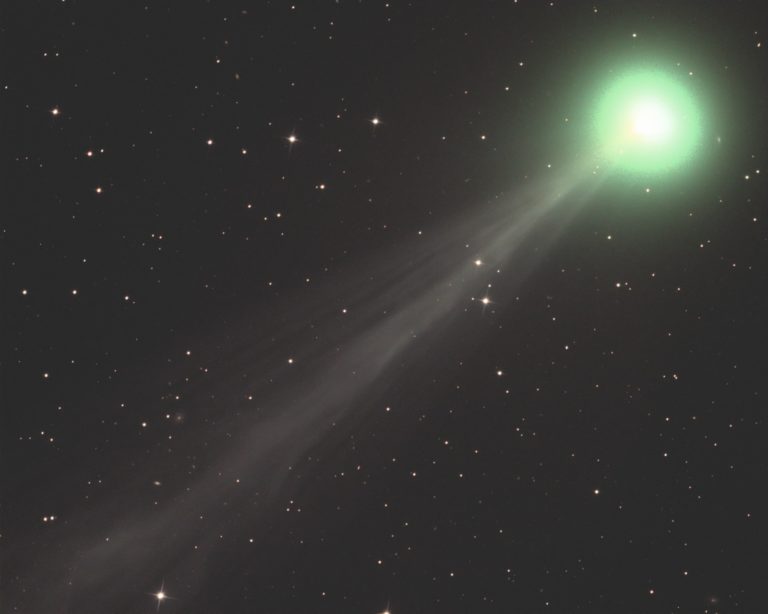
Comet Swan. This space traveller comes from the Oort cloud beyond the outskirts of our solar system. Comets are essentially large dusty ice blocks orbiting the Sun elliptically. Some comets get close enough to the Sun for their surface to evaporate. Solar winds blow the ‘melting’ comet particles and gas into space, giving the comet its iconic tail. This is why the tail of a comet always points away from the Sun. Capturing an image of a comet calls for a different technique and you have to be at the right spot at the right time and the weather must play along. This image, captured at Bliss & Stars, is the one I’m most proud of because I cannot remake it ever again. For that, I would need to hang around for 17 000 years.
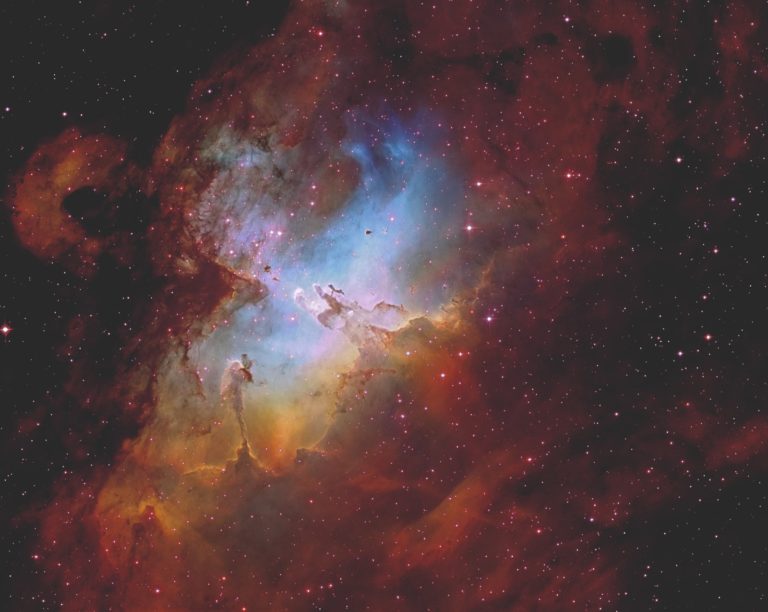
The Eagle Nebula. This star nursery is 7 000 light-years from Earth in the Carina-Sagittarius arm of the Milky Way, in the direction of the constellation of Serpens, the snake. In the heart of the Eagle Nebula is the iconic star nursery known as the Pillars of Creation. These massive pillars of gas and dust are several light-years tall, busy building new suns and planets, born in a similar environment that forged our solar system 4.5 billion years ago. This narrow-band image, created with 17 hours of exposure, shows hydrogen (yellow), oxygen (blue) and sulfur (red). Captured at Bliss & Stars in the Cederberg.
A version of this article appeared in the November 2022 print issue of Getaway
Follow us on social media for more travel news, inspiration, and guides. You can also tag us to be featured.
TikTok | Instagram | Facebook | Twitter
ALSO READ: Pretty rough edges









